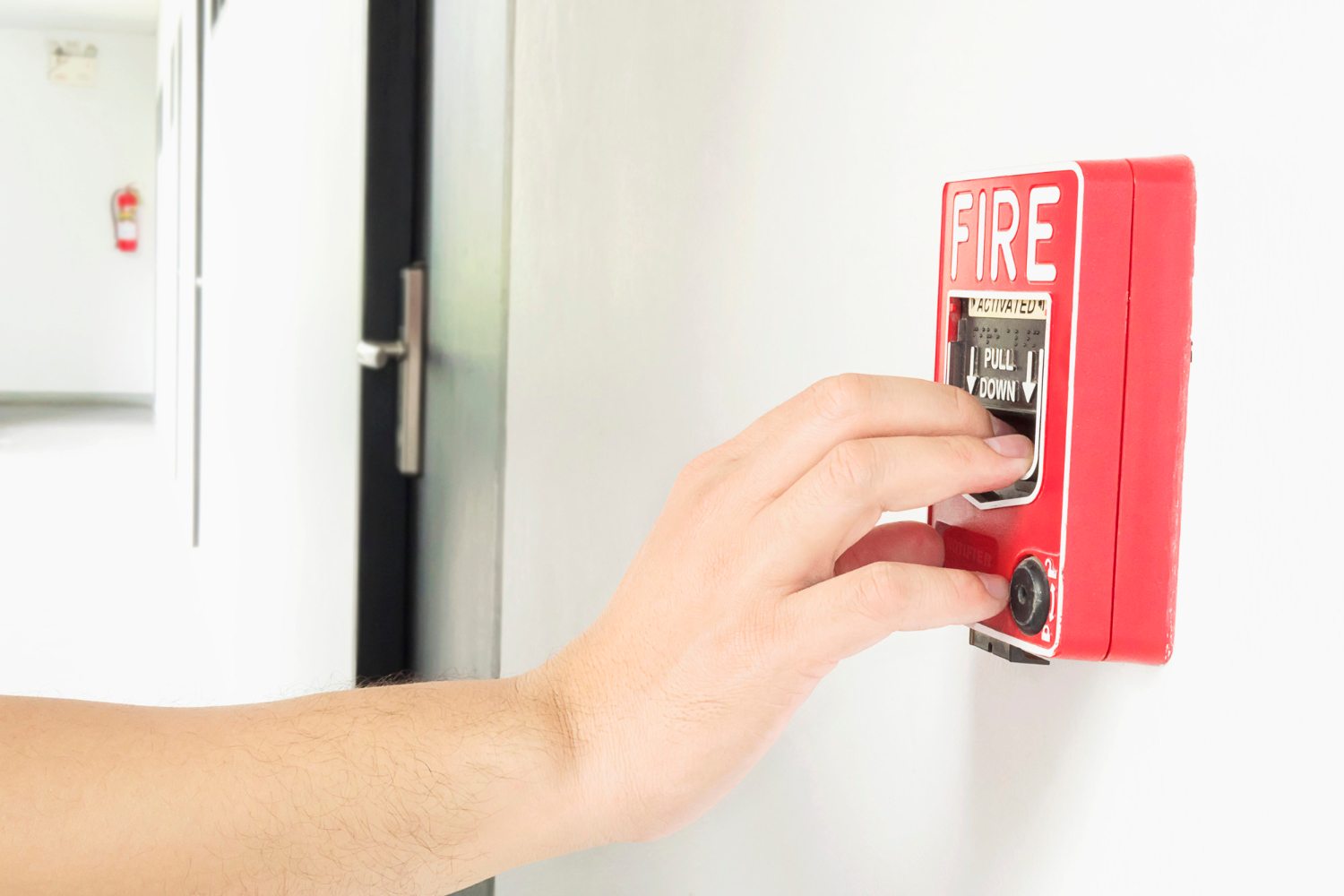Biometric access control systems are transforming how we secure spaces by using physical traits like fingerprints, facial recognition, and iris patterns. These systems eliminate the need for keys or cards, making access faster and more secure. Here’s why they’re gaining popularity:
- Stronger Security: Harder to fake or share than traditional methods.
- Convenience: No more lost keys or forgotten cards – just a quick scan.
- Customisable Access: Assign permissions for specific areas or times.
- Touch-Free Options: Hygienic, contactless systems for high-traffic areas.
- Integration Ready: Works with existing security setups and IT systems.
Biometric systems are fast, reliable, and scalable, but proper implementation and compliance with data protection laws are crucial. Ready to upgrade your security? This guide covers everything you need to know about biometric access control.
How to Choose a Biometric Access Control System?
System Components and Operation
A biometric access control system combines hardware and software to provide secure and efficient entry. Its design focuses on enhancing security by using advanced technology to regulate access.
Setup and Registration
The registration process involves several key steps to ensure accurate and secure user setup:
- Initial Data Capture
System administrators use specialised devices, such as fingerprint scanners, iris cameras, or facial recognition tools, to collect biometric data. It’s crucial to capture this data accurately during the initial setup. - Template Creation
The collected biometric data is processed to create a digital template. This template highlights unique features necessary for identification and is securely stored in a database, avoiding the storage of raw biometric images. - Access Level Assignment
Each user is assigned specific access permissions, determining which areas they can enter and at what times. This precise control allows for effective management of different zones within the facility.
Once registration is complete, the system is ready to verify users during access attempts.
Access Verification Steps
The verification process is designed to be quick and secure, following these steps:
- Initial Scan: The user presents their biometric data to the reader, which captures it in real time.
- Template Matching: The system compares the live scan with the stored templates in its database.
- Authentication: If the data matches, access is granted, and the connected door locks are released.
This entire process happens within seconds, offering a seamless and secure experience. For more details, check out our access control solutions page.
These steps form the backbone of how the system ensures both security and convenience.
Key Benefits
Modern biometric access control systems offer clear advantages compared to traditional security methods.
Enhanced Security
Biometric systems boost security by using unique physical traits for authentication. Unlike traditional methods that depend on items like keys or cards – which can be lost or stolen – biometric traits are unique to each individual and can’t be shared. These systems ensure:
- No credential sharing: Employees can’t transfer their biometric traits to others.
- Reduced unauthorised access: Advanced matching algorithms minimise the chances of false approvals.
Simplified Access Management
Managing access becomes much easier with biometric systems, as they eliminate the need for physical credentials. This not only reduces administrative tasks but also improves the experience for users.
"With biometric access control systems, individuals can gain access with a simple scan or touch, eliminating the need for physical credentials. This streamlines access and enhances overall convenience for users." – Amax Fire & Security Ltd
Seamless System Integration
Modern biometric systems are built to work smoothly with your existing security setup. They can integrate in several ways:
- Network Connectivity: Easily connects to current IT systems.
- Software Integration: Works alongside your existing security management tools.
- Hardware Compatibility: Interfaces with existing door controllers and locks.
Professional installation ensures these systems are set up for optimal performance. Comprehensive testing and adjustments guarantee they work seamlessly with your current setup. For more details, check out our expert installation services. These features set the stage for exploring the latest trends and considerations in security technology.
sbb-itb-6668fe6
New Developments
The field of biometric access control is evolving with advancements designed to improve both security and ease of use.
Combined Biometric Methods
Modern systems now integrate multiple biometric identifiers at once, offering stronger security measures. For example, combining fingerprint scanning with iris or facial recognition creates a more reliable defense against potential threats. These advancements also address new health and operational challenges, making them more practical for various environments.
Touch-free Systems
Concerns about hygiene have accelerated the use of contactless biometric solutions. These systems rely on advanced sensors to capture biometric data without requiring physical touch, providing a secure yet sanitary option. This is especially useful in high-traffic locations. Additionally, these systems often include smart features that enhance overall security management.
Smart Features
Biometric systems now feature advanced readers that work seamlessly with secure door locks, removing the need for physical keys or cards. These integrations not only simplify access control but also prepare systems to handle future security demands. They can be customised to meet specific needs and work well alongside other security measures, such as intruder alarms.
Implementation Factors
Proper implementation is key to making biometric security systems work effectively. When setting up biometric access control, organisations need to address several important aspects to ensure the system operates securely and efficiently. These factors help biometric systems deliver on their promise of improved security.
Data Protection Rules
Biometric data must be handled in line with strict regulations, such as GDPR in the UK and Europe. Organisations should:
- Use strong encryption to protect stored biometric data.
- Set clear policies for data retention and deletion.
- Obtain explicit user consent for data collection.
- Keep detailed records of data processing activities.
Working with experts like Amax Fire & Security can help ensure compliance with these requirements through secure encryption and well-defined policies.
System Expenses
Implementing biometric systems involves costs for hardware, licensing, installation, maintenance, and training. These expenses include both initial investments and ongoing fees. However, many organisations find that the system pays for itself over time by improving security, reducing administrative tasks, and cutting costs tied to lost or stolen credentials.
Performance Limits
Several factors can influence how well biometric systems perform:
- Environmental Conditions: Factors like lighting, extreme temperatures, or moisture can affect sensor accuracy. Professional installation ensures the system is set up to minimise these issues.
- User Variables: Changes in users’ physical features due to aging, injuries, or dirt can impact recognition. Modern systems are designed to handle these variations effectively.
- Scale Considerations: Large user databases can slow down processing. Opt for systems that can scale to manage high volumes efficiently.
Regular maintenance and expert support can address these challenges. For more tips on maintaining strong security, check out our 24/7 monitoring services.
Conclusion
Let’s wrap up by reviewing the key points and outlining steps for implementing biometric access control systems effectively.
Key Takeaways
Biometric access control systems are transforming how facilities manage security and access. By using fingerprints, facial recognition, and iris patterns, these systems eliminate the need for traditional credentials, improving both security and efficiency.
Here are the standout benefits:
- Enhanced security through unique identifiers
- Seamless integration with existing security systems
- Flexible scalability to meet expanding needs
With these benefits in mind, let’s look at how to get started.
Steps to Get Started
If you’re planning to implement biometric access control, consider the following factors:
- Identify the number of access points that need protection
- Evaluate daily user traffic to determine system capacity
- Assess how the system will integrate with your current security setup
- Plan your budget for installation and maintenance
- Ensure compliance with data protection regulations
Carefully review your existing security measures and compliance requirements before moving forward. Professional installation and ongoing support are crucial for optimal performance. For a complete security solution that balances protection and efficiency, check out our integrated security systems.



